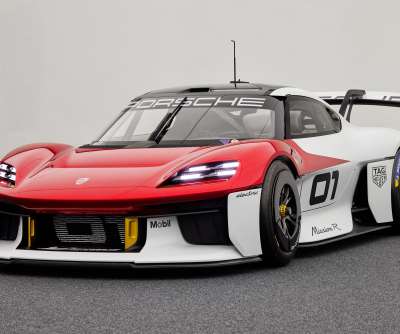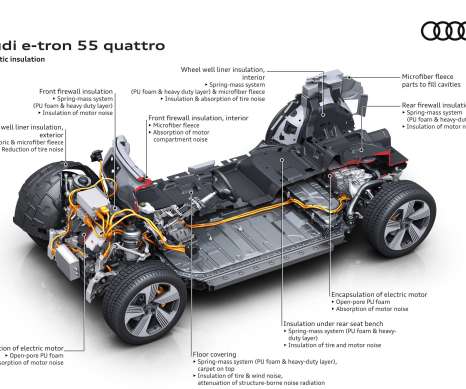Porsche presents Mission R concept electric competition car
Green Car Congress
SEPTEMBER 7, 2021
High-end battery and 900-volt technology. Based on the 800-volt technology of the three-time Le Mans winner, the 919 Hybrid, the Porsche Taycan was the first car to enter production using this system voltage instead of the 400 volts normally used in electric cars. Their shape is reminiscent of hairpins, hence the name.





















Let's personalize your content